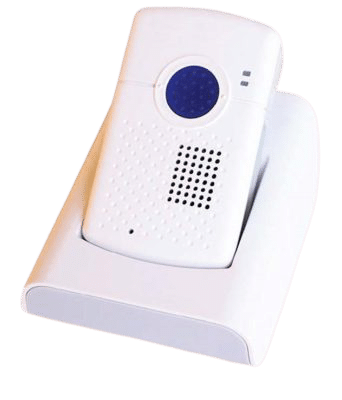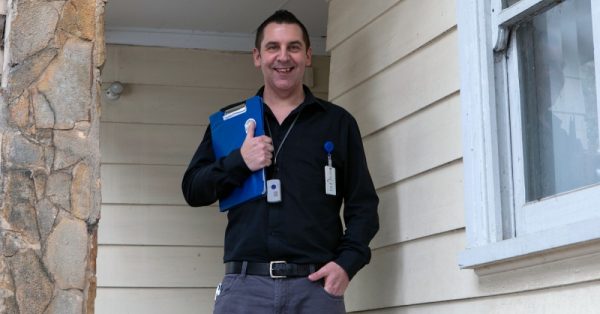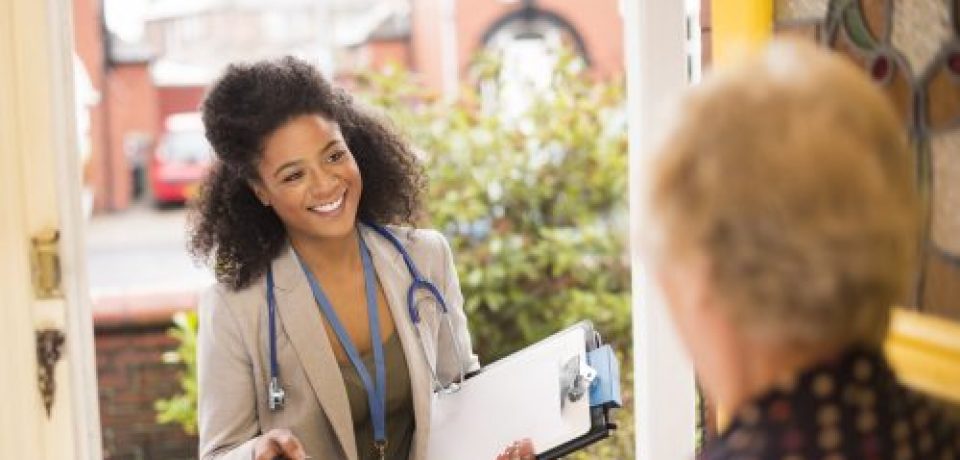Now more than ever, our healthcare system is seeing waitlists climb out of control. Our hospital staff including the doctors, nurses and allied health professionals are the frontline workers copping the verbal, mental and even physical backlash from the frustrated patients and bystanders who are experiencing a longer than normal wait period.
In February, the NSW Government released the final report into improvements to security in hospitals. The review made 107 recommendations to improve safety for staff, patients and visitors to hospitals. The review identified measures including: the need to trial different methods to help de-escalate threatening situations, as well as the need for better protection and better compliance included the need for staff to wear of duress alarms whilst on duty.
Is it illegal to work alone?
The Occupational Health and Safety Act (2004) stipulates that;
“An employer shall provide and maintain so far as is reasonably practicable for employees a working environment that is safe and without risks to health.” [Section 21(1)]
Establishing safe working conditions for lone workers is no different from organising the safety of other employees who work on site in an office building. Employers should identify any hazards both in the work or the environment itself and assess the risks involved, and implement changes to the safe working arrangements to ensure the risks are either eliminated or controlled to the best of their ability. When it is not possible to devise arrangements for the work to be done safely by one-person, alternative arrangements providing help or additional assistance need to be made.
When thinking of duty of care in the healthcare industry, we often think of the responsibilities of healthcare workers to their patients. While this is also important, it’s equally as important not to overlook the duty of care to the healthcare professionals themselves. To execute their duty of care to their patients it’s important to make sure that healthcare professionals can perform their jobs safely and to the best of their ability. That also means without fear or concern for their own personal safety or wellbeing.
It is not possible to eliminate all risks from a situation and that’s exactly why lone working employees need to be well protected and safe. Lone workers like doctors, nurses and allied health professionals need to be provided with all the necessary tools and equipment to feel safe to get on with their job whether this be in a hospital environment or an external location like a patient’s home.
Risks in Healthcare
There are many risks that are specific to the healthcare industry that lone travelling nurses, doctors and allied health therapists may be exposed to; Travelling to a patient’s home poses risks related to road conditions, weather conditions and the possibility of a car accident. Upon entering a patient’s home, health care professionals are faced with a number of new safety hazards; The mental and behavioural state of the patient as well as other people and household pets in the environment may be unpredictable and unknown. There is also the threat of exposure to violence due to certain medical procedures that can make patients unpredictable and anxious, working in a remote location in isolation, and working with patients who have suffered some trauma and may have a tendency to become aggressive or violent. Our lone, hardworking healthcare professionals must be equipped with the best possible tools and strategies to ensure their safety is never compromised.
Download MePACS duress alarm Brochure
Benefits of conducting a Lone Worker Risk Assessment
Safe Work Australia claims that by eliminating and controlling risks in the workplace helps to:
- Prevent and reduce the number and severity of workplace injuries, illnesses and associated costs
- Promote and improve worker health, wellbeing and capacity to work, and
- Helps to foster innovation and improve quality and productivity of work.
By conducting a safe work risk assessment and following some additional simple steps can assist in providing a safer environment for healthcare professionals providing in-home appointments:
- Perform a risk assessment for each new client or home
- Ensure that your risk assessment action plan is up-to-date and relevant
- Make sure that the healthcare worker is provided with a working and reliable mobile phone
- Ensure that a lone worker has a reliable lone worker safety alarm with a 24/7 response service.
Read & download our useful lone worker risk assessment guide here.
How does a Duress Lone Worker Alarm work?
Lone worker safety systems like a duress alarm (worker alarm or worker safety alarm) must be in place to ensure lone working staff are monitored when on home or community visits.
A duress alarm allows an employer to have the reassurance knowing that their staff are safe while working alone or out in the community and should a worker require emergency assistance help is available to them at the press of a button 24/7.
MePACS Lone Worker Alarms
MePACS offer a duress alarms with 24/7 monitored response service, which is ideal for lone workers, people working in the community, are isolated or work at night. It’s a fully monitored service responded to by trained professionals based in Australia, so you can be assured that when assistance is required, you get the right help to your team quickly to ensure lone worker safety is maintained.

In the event of an accident, violence, assault, fire or even medical emergency for you or a client, once the alarm is pressed MePACS will contact you within 2 minutes to find out what help you need and contact either a manager, security team or 000.
MePACS Duress Alarm Systems have the following features which provide reassurance for both the employer and their staff:
- Quick and simple to use
- One button activation
- Two way communications via the alarm
- Fall Detection
- Mobile alarms are splash proof
- GPS locator in duress alarm

Matt is a lone worker at Peninsula Heath and says he feels safer whilst at work due to his MePACS Lone Worker Alarm
Hospitals need to prioritise the safety of the healthcare workers who are working out and about within our most vulnerable settings and isolated areas. These workers do not have the benefit of 10 + people to come rushing in in the event of an act of violence or medical emergency.
Feel confident you have taken reasonable steps to minimise risks faced by YOUR lone workers and call MePACS today to arrange for your free trial of the MePACS Lone Worker Alarms 1800 685 329 or visit www.mepacs.com.au/duress
